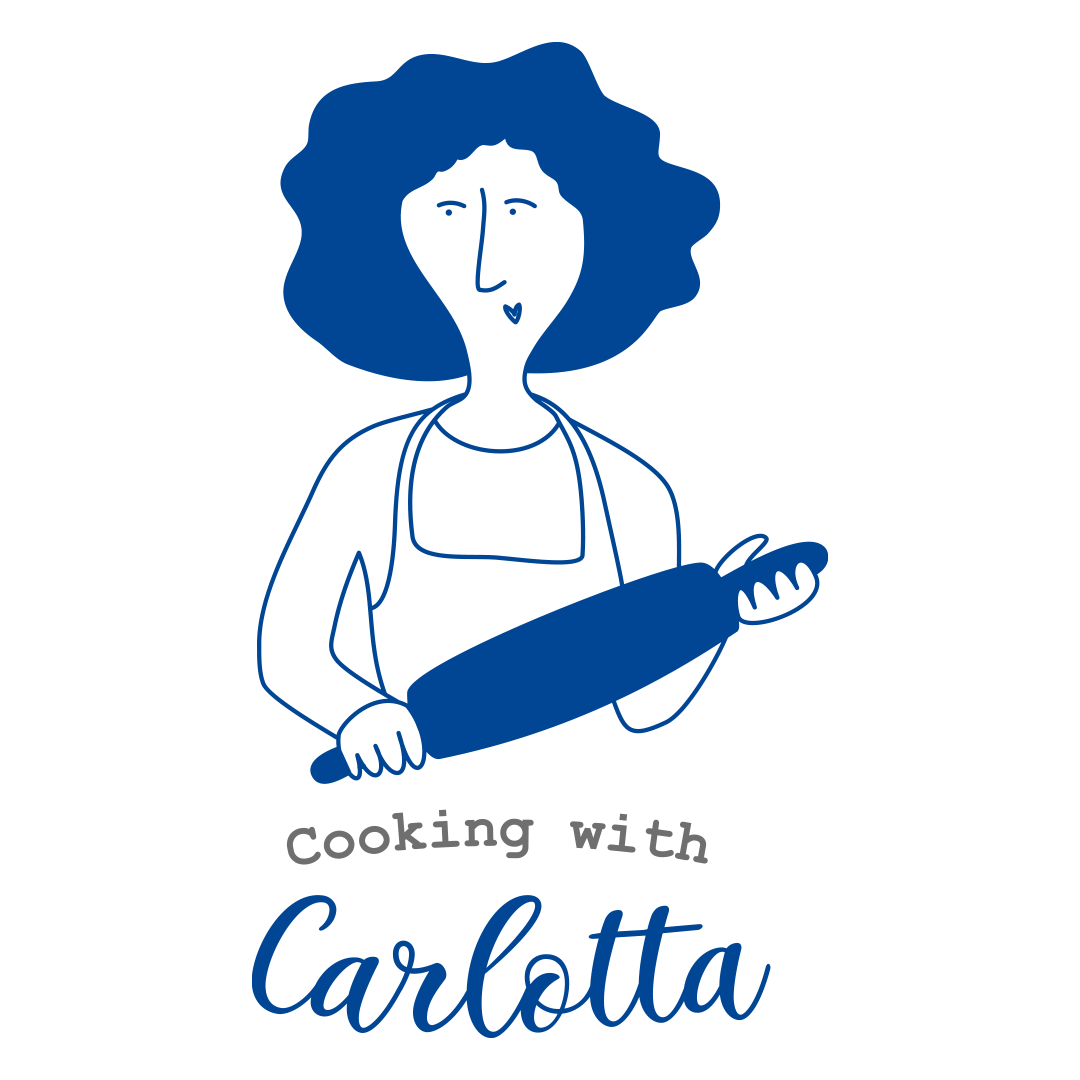Orvieto is a beautiful Etruscan town built on a sheer cliff that is mainly composed of tuff and pozzolana, a soft material easy to excavate.
The Orvieto cliff was apt to being easily defendable thanks to its structure; meanwhile its inhabitants started to excavate its underground in order to obtain factories, storehouses and plants without distancing themselves from the powerful walls which defended the town.
Over the three thousand years of its history, the inhabitants bored more than one thousand cavities: I visited the widest, where there are the remnants of an oil mill and some millstones. Toward the interior of the cliff, the cavity is articulated in a series of rooms: among them, three Etruscan wells with their characteristic notches were workers who were excavating put their feet (pedarole in Italian). Another cavity, bordering with it, overlooks the cliff sides, and it is characterized by a great quantity of columbaria or dovecotes. These are rooms with a great quantity of recesses where pigeon could nest. This function is validated by the presence of water tanks and openings in the cliff edge to allow the pigeon keeper to give his animals liberty for purposes of exercise while allowing them to re-enter the house without special assistance from the keeper. At the same time, these houses are constructed to keep the pigeons safe from predators and inclement weather and give them nesting places in which to raise their squabs.
Pigeons were especially prized because they would produce fresh meat during the winter months when larger animals were unavailable as a food source. In the past wealthy landowners often had pigeon houses and there are still remnants of them in some European manor houses. Orvieto dovecots were especially useful in case the town were under siege and deprived of supplies of fresh food from the country nearby.
Prep Time: 15 minutes | Cooking Time: 1 hour + 35 minutes | Total Time: 1 hour + 50 minutes | Yield: Makes 4 servings.
Ingredients
- 2 pigeons about 10-14 oz. (300-400 g.) each.
For the stuffing
- 2 fresh Italian sausages, peeled OR 9 oz. (250 g.) ground pork generously seasoned with salt and freshly milled black pepper
- 2 tablespoons fresh Pecorino cheese, grated
- 1,5 oz. (40 g.) stale bread (Ciabatta-like), deprived of crust
- 1 egg
- ¼ cup milk
- 1 tablespoon fresh parsley, finely minced
For the cooking
- 3 garlic cloves
- ½ cup dry white wine
- 3 sage leaves
- 4 Juniper berries
- 2 sprigs of rosemary
- 3 tablespoons olive oil
- 2 slices pancetta
Instructions
In a small bowl, pour the milk and soak the bread in it. Squeeze the milk out of it, put it in a bowl with the meat, and mix it with all the other ingredients, using your hands.
Season the pigeons with salt and pepper and the Juniper berries lightly crushed, and then stuff them but not completely, since the stuffing will swell when cooking. Close the pigeon with a toothpick or needle and thread.
Pour the oil in a heavy saucepan and add garlic, rosemary and sage. Place the pigeons in it and pancetta on the pigeons. Pigeons tend to dry, so choose a saucepan that fits them perfectly, not too large.
Roast the pigeons in all their sides and simmer with the wine until reduced.
Make the pigeons simmer for about 1 hour, covered with the lid, and add some tablespoons of water if necessary.
Serve them still warm, cut in two halves. Great with mashed potatoes.
